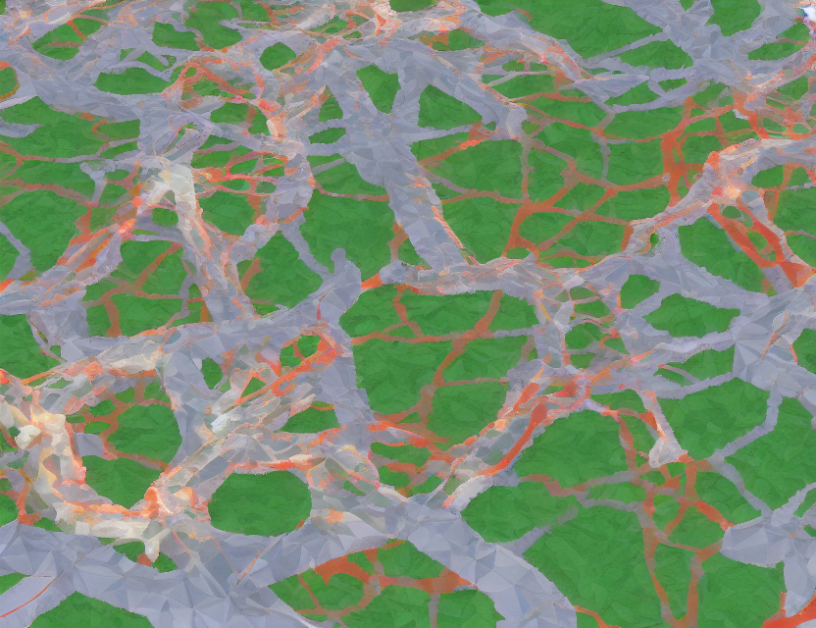In this article, we explore the concept of transfer learning in the context of image classification tasks. We delve into the challenges of balancing semantic representation and robustness during model transfer and propose a novel approach to address these issues. Our proposed method utilizes mixed-noise training to enhance both the semantic accuracy and robustness of the model without compromising one for the other.
Motivation
The primary goal of this work is to develop an effective transfer learning strategy that can handle various levels of noise in the target dataset while preserving the semantic accuracy of the source model. By leveraging the pre-training process, we aim to create a robust and accurate image classification model without requiring multiple models or complex post-processing techniques.
Methodology
Our proposed method involves training a single model on a combination of clean and noisy images from the target dataset. We term this approach "mixed-noise training" since it allows the model to learn both semantic representations and robustness simultaneously without relying on multiple models or complex post-processing techniques. By leveraging the pre-training process, we can achieve better results than existing methods that rely solely on clean images from the target dataset.
Ablation Studies
To delve into the properties of semantic learning and robustness during the transfer process, we conduct extensive ablation studies. These experiments help us understand how the proposed method affects both semantic accuracy and robustness and provide insights into the effectiveness of our approach.
Results
The experimental results demonstrate that our proposed method achieves better or comparable performance to existing methods in various noise scenarios. By leveraging mixed-noise training, we can create a single model that handles different levels of noise without sacrificing semantic accuracy or robustness. Our ablation studies provide further evidence of the effectiveness of our approach in improving both semantic representation and robustness during the transfer process.
Conclusion
In conclusion, this article presents a novel approach to transfer learning for improved semantic representation and robustness. By leveraging mixed-noise training, we can create a single model that handles different levels of noise without sacrificing semantic accuracy or robustness. Our proposed method demonstrates promising results in various noise scenarios and provides insights into the properties of semantic learning and robustness during the transfer process. This work has significant implications for image classification tasks in real-world applications where noise is an inherent factor, and accurate and robust models are essential.



